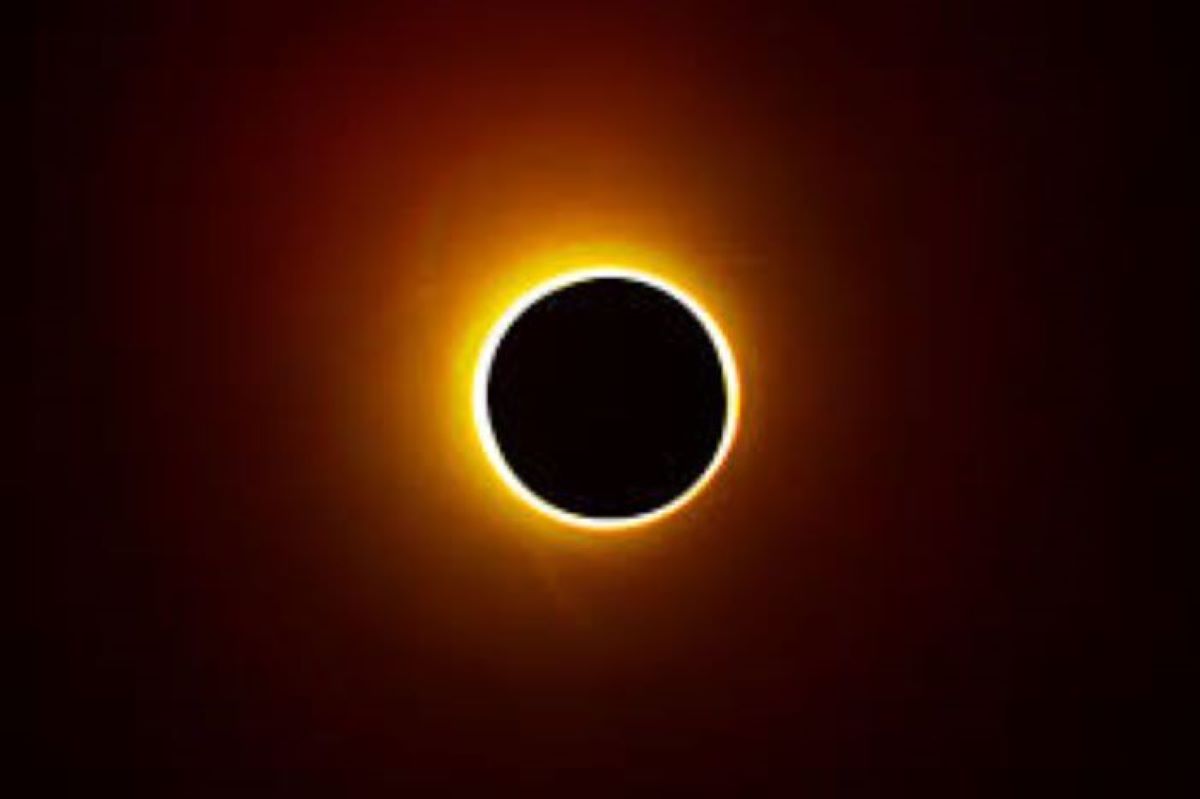Eclipse: What awaits Africa, US, Canada, Others today

Photo: Google
Today, Monday April 8, a total solar eclipse will cross North America – a phenomenon that has not taken place in the United States in seven years, and astronomers say it will not take place again in the U.S. for another two decades.
The eclipse will impact greatly on the United States, Mexico and Canada. Experts say Nigerians do not have to worry about the phenomenon as Africa would largely be on the periphery of the cosmic event with least or no visibility from parts of Africa.
Millions will likely gaze into the sky on April 8 for the rare experience to witness three celestial spheres − the sun, moon and Earth − line up partially or fully depending on where you are viewing it.
What time will the total solar eclipse begin? What path will it take across the nation? How do I safely watch it without damaging my eyes?
Here’s a list of important things you should know about Monday’s potential once-in-a-lifetime event.
What is a solar eclipse?
Any celestial object like a moon or a planet that passes between two other bodies can create an eclipse by obscuring the view of objects like the sun.
A total eclipse occurs when the moon appears as the same size as the sun and blocks the entire disk from Earth, leading to a period of darkness lasting several minutes. The resulting “totality,” whereby observers can see the outermost layer of the sun’s atmosphere known as the corona, confuses animals – causing nocturnal creatures to stir and bird and insects to fall silent.
Startling animal behavior has been noted during eclipses: Giraffes have been seen galloping, while roosters and crickets can start crowing and chirping.
Andrew Farnsworth, a researcher in ornithology at Cornell University in New York state, studies how eclipses affect birds, using weather surveillance radar to detect birds in flight.
During the last total solar eclipse visible from the United States in August 2017, scientists observed a “decline in the number of animals flying around,” Farnsworth told reporters.
What states are on the path of totality?
The total solar eclipse will chart a 115-mile-wide path of totality across portions of Mexico, the United States and Canada.
In the U.S. alone, hundreds of cities and smaller towns in 13 states lie along the path. An estimated 31 million Americans already live on the path, while millions more tourists are already making travel plans – sure to snarl traffic – to catch a glimpse of what is sure to be a spectacular sight, according to eclipse cartographer Michael Zeiler at GreatAmericanEclipse.com.
Additionally, small parts of Tennessee and Michigan are also expected to experience the eclipse, NASA says.
“Eclipses have a special power. They move people to feel a kind of reverence for the beauty of our universe,” NASA Administrator Bill Nelson disclosed
–Additional reports from AFP








